Affiliate disclosure: This post may contain affiliate links. Please see our Privacy Policy.
Freeze-dried meat is a light, portable, and long-lasting food for both camping and emergency preparedness. If properly packaged, freeze-dried meat can store for 25+ years and then rehydrate to taste as fresh as the day it was prepared.
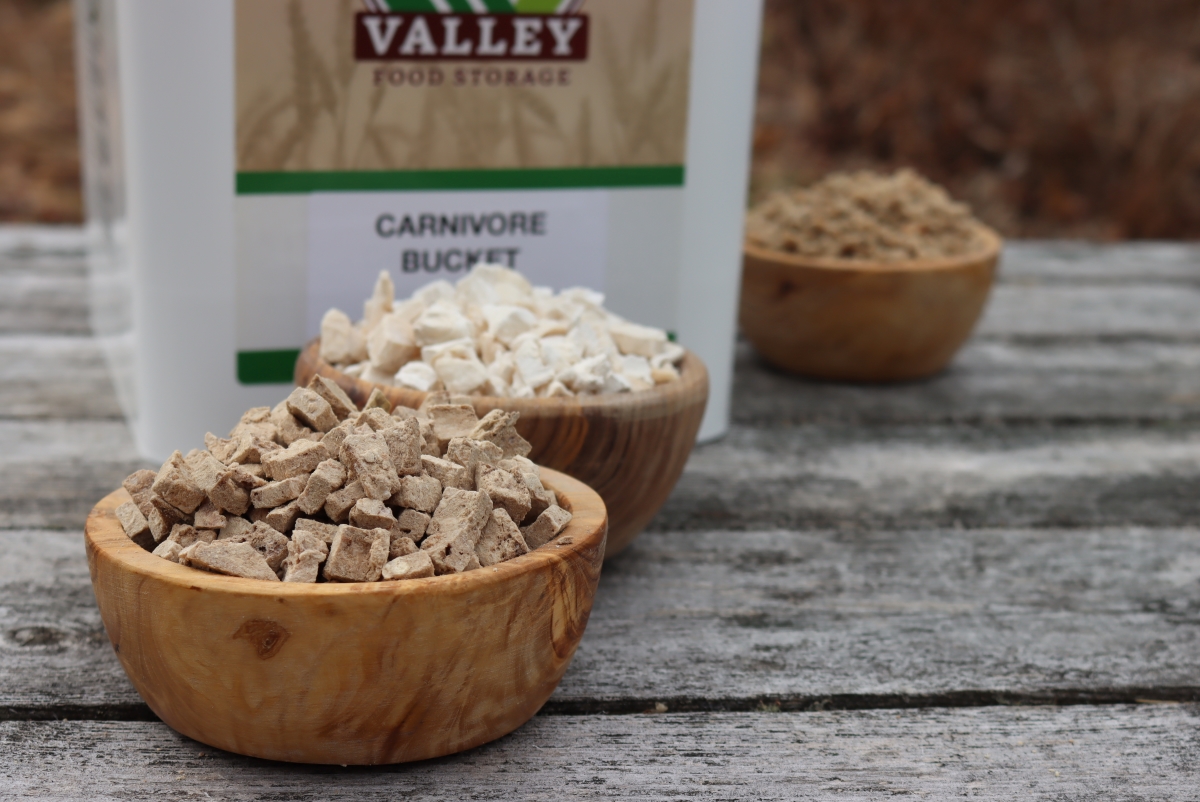
Freeze-dried meat is kind of magic…it takes a fresh cut of meat (usually cooked, but raw works too), and preserves it for decades.
Lightweight and portable, freeze-dried foods of all kinds are popular with hikers because they weigh very little and you can carry a lot of nutrition in just a few ounces.
Add a bit of water back in and it’s just about the same as the day it was prepared (before freeze-drying). Freeze-drying basically suspends the meat in time, but still retains flavor, nutrition, and texture.
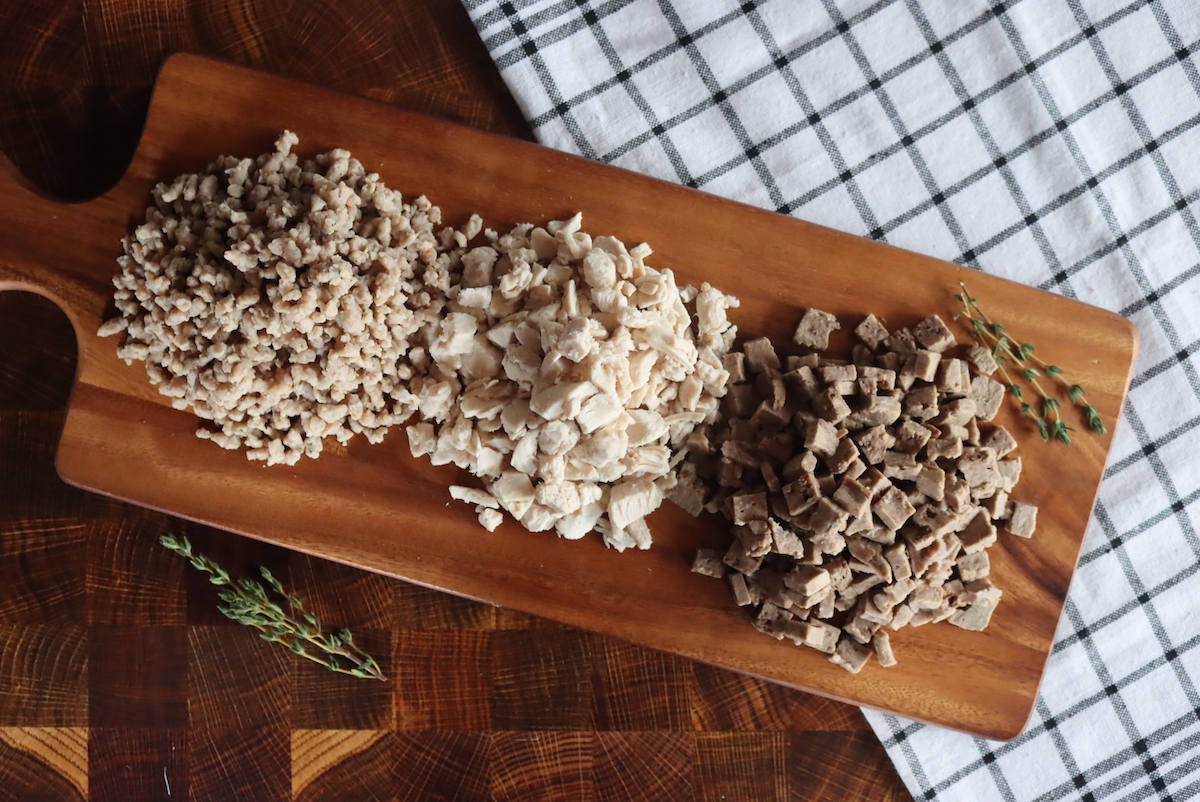
Unlike dehydrating meat, which creates “jerky” that will never be the same, freeze-dried meat rehydrates back to its original texture and maintains flavor even after long-term storage.
A number of pre-made camping meals take advantage of this fact and create just add water meals with freeze-dried meat, vegetables, pasta, and grains.
Pre-made freeze-dried meals are convenient, but what about just using freeze-dried meat as an ingredient to cook your family’s favorite meals from your emergency food stores?
These days, especially after all the uncertainty of 2020, more people than ever are keeping emergency food at home. The thing is, if you never cook with it, will you be able to prepare it when you need it?
At my house, we set up camp in the yard pretty regularly to practice cooking both without propane or electricity, and develop recipes using our shelf-stable emergency food stores.
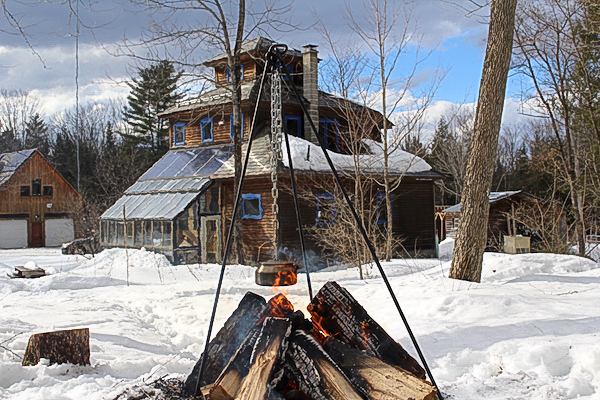
What is Freeze Dried Meat?
Freeze-dried meat is meat that has been frozen and then dehydrated in a process called lyophilization. The food is first frozen to very cold temperatures (-20 F) and then a vacuum pump removes the water.
Unlike dehydration which uses heat and shrinks the food, freeze-drying means the ice in the frozen food acts like a trellis to help the food keep its shape and texture as it’s preserved. By the time all the ice (and thus water) is removed, the food’s texture is set and it doesn’t shrink or distort.
All those spaces where water once was are preserved, meaning that when you add water it just absorbs back in where it was before…resulting in more or less the same taste and texture as before freeze-drying.
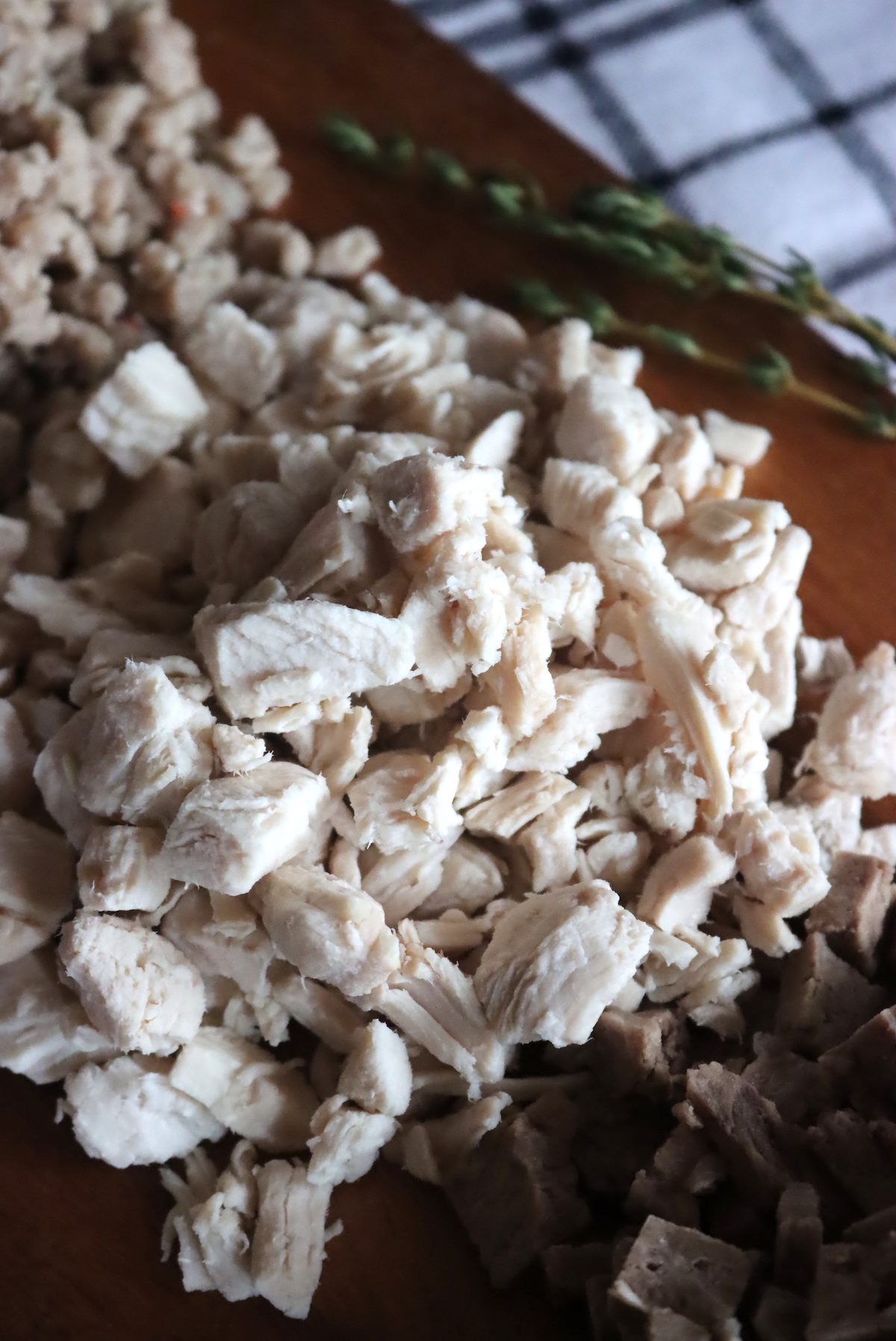
Types of Freeze-Dried Meat
Just about any type of meat can be freeze-dried, and there are a number of commercially available freeze-dried meats you can buy. You can’t get everything, of course, but it’s easy enough to find:
Beyond that, if you want other more exotic meats you’d have to freeze dry them at home yourself (which means buying a freeze dryer).

I’ve tried food from just about every emergency food company, and I’d welcome you to read my article on the best survival food kits to get all the details.
When it comes to buying freeze-dried meat, I’d recommend Valley Food Storage, as they have the highest quality freeze-dried ingredients in my opinion.
How to Rehydrate Freeze Dried Meat
Rehydrating freeze-dried meat is pretty simple, and since it’s used by the military and astronauts, there have actually been a number of studies trying to determine the best way to rehydrate freeze-dried meats for the best quality.
In all the testing, they found that it honestly didn’t really matter….and it’s almost impossible to mess this up.
Rehydrate with room temperature water or hot boiling water, the finished results are the same. Cool water takes twice as long as hot water, and room temperature water is somewhere in the middle.
The food absorbs the same amount of water either way, but the final temperature is just different. With hot water, you have a hot meal at the end, obviously.
The quantity of water does matter, but less than you’d think. Too little water and the food won’t completely rehydrate and will still be dried in the middle. Too much water and the food will only absorb as much as it originally contained (but won’t over absorb water).
Once strained, the flavor and texture of rehydrated freeze-dried meat is the same provided it’d rehydrated with at least a 1:1 ratio of meat to water. As in, 1 cup of water to 1 cup of freeze-dried meat.
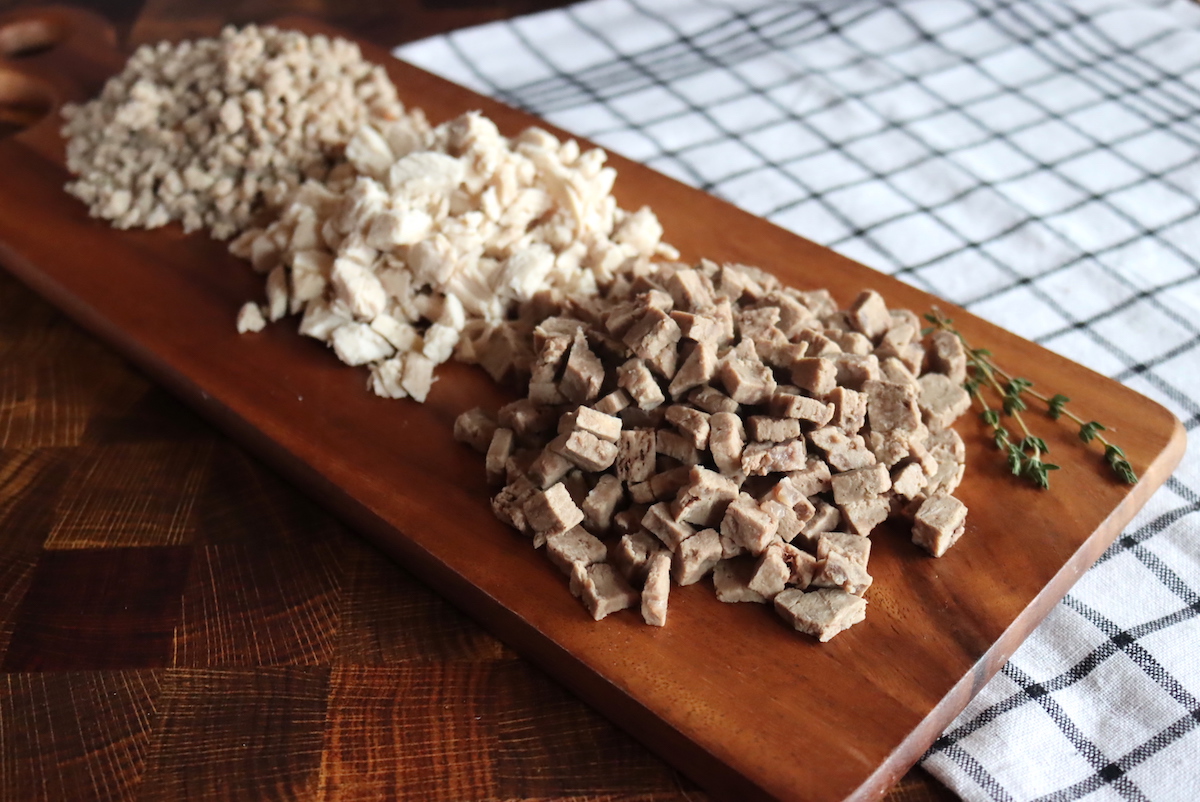
The downside to too much water is some of the flavor may go into the soaking water. That’s problematic with freeze-dried fruit, and if you add water to freeze-dried blueberries you’ll notice that all the liquid quickly turns blue/purple.
With freeze-dried meat, the flavor tends to stay within the meat and doesn’t easily leech out into the surrounding water. I did a number of tests and even tried the strained water, and too much water is just fine.
Valley Food Storage suggests using 1 cup of boiling water for every 1/2 cup of freeze-dried meat (a 2:1 ratio). I found that a 1:1 ratio worked just fine too, and you’re straining out less water in the end (though it tastes the same either way).
Freeze-dried chicken tends to absorb more water than the others, which makes sense as chicken has a higher water content than other meats generally. You might want just slightly more than a 1:1 ratio for chicken in particular.
The finished texture is more or less exactly like freshly cooked meat, and it goes from being a light space-age popcorn-like substance to a moist, tender, and flakey cut of meat.
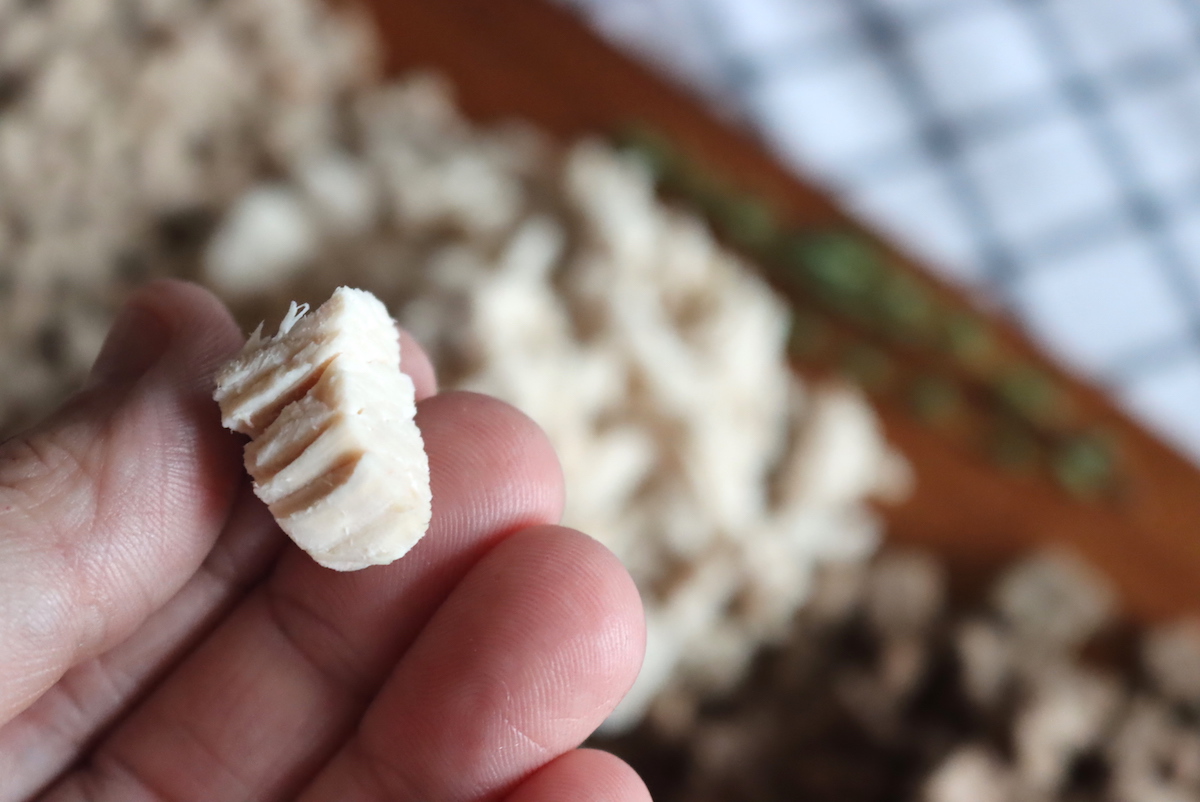
I found that the best ratio for rehydrating freeze-dried meat is 1 to 1.
That means 1 cup of freeze-dried meat needs about 1 cup of water to rehydrate. This will allow the food to fully rehydrate, but also ensures you’re straining minimal water from the finished product.
Use more if you have plenty available, but this ratio will ensure that less of your stored water goes to waste down the drain in an actual emergency.
Pour the water over the freeze-dried meat and allow it to rehydrate for 15 to 20 minutes for room temperature water. If using hot water, it’ll work a bit faster (10 minutes), and cold water a bit slower (30 minutes).
Do You Have to Cook Freeze Dried Meat?
Generally, you don’t have to cook freeze-dried meat because it was cooked before it was freeze-dried. That’s true of just about every commercially prepared freeze-dried food since they’re designed to just add water to prepare.
If you happen to own a home freeze dryer and are making your own freeze-dried meat, then that might be different. You can freeze dry raw meat at home and it’s perfectly safe to do so. In that case, you’d need to first rehydrate the raw freeze-dried meat and then cook with it.
In something like a soup, you could just pour it in and simmer, but for cuts of meat or freeze-dried hamburgers, you’d want to rehydrate first and then cook as you would any fresh meat.
Technically, you don’t even have to rehydrate it (though I wouldn’t advise it). As I was working with freeze-dried chicken, my husband walked through the kitchen and popped a few pieces in his mouth (totally dry right out of the bag).
He chewed for a while and asked,
“What is this? Popcorn?”
Then reached back into the bowl for a few more.
Remember that the freeze-dried meat is completely unseasoned when you purchase it in packages, and without moisture, there’s not a lot of flavor (yet). The mouth texture is a bit like popcorn at this point, though without the salt.
In a pinch, you could technically eat it right out of the bag, as my husband proved, but if you want it to taste like meat I’d suggest rehydrating and seasoning it.
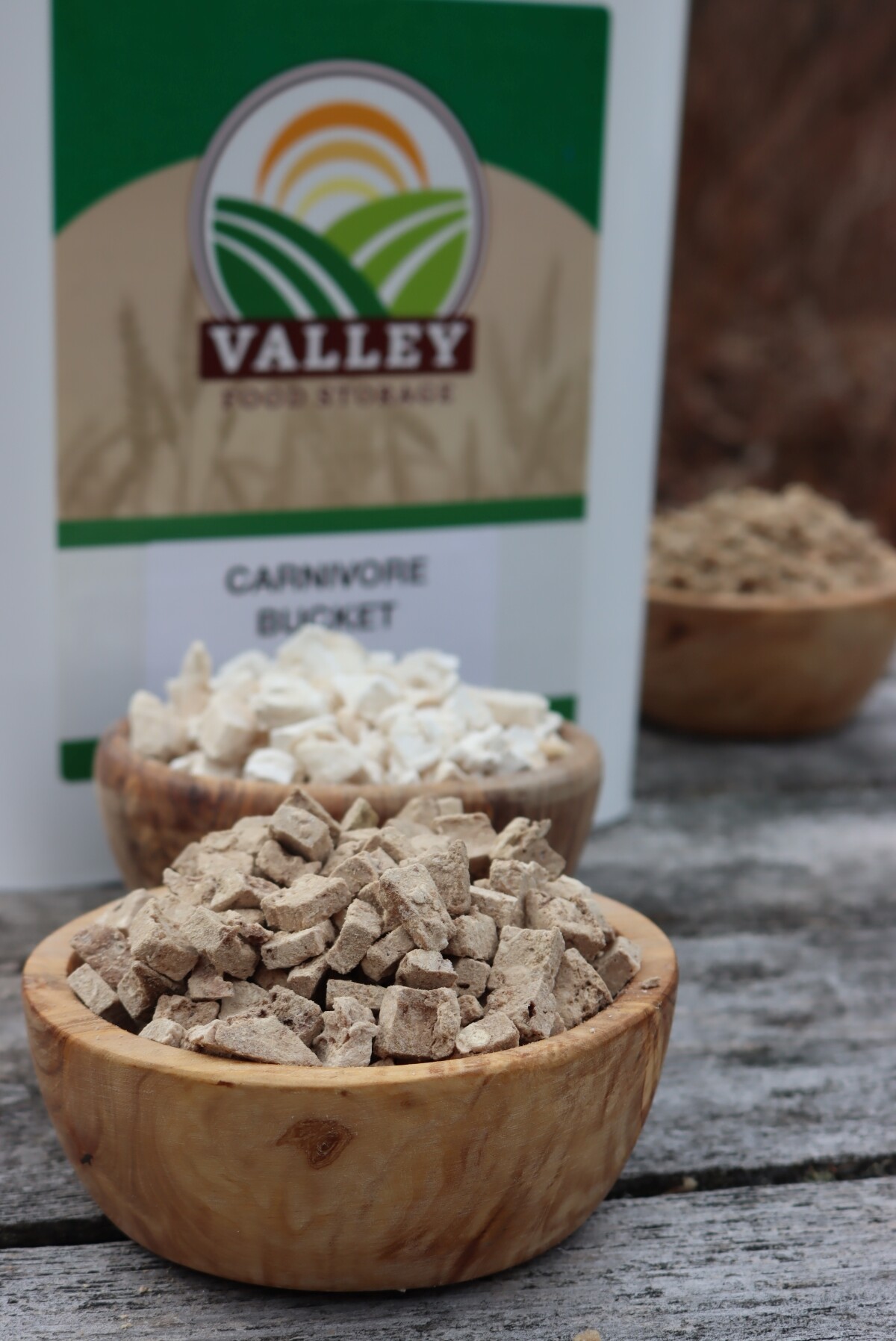
What Can you Make with Freeze Dried Meat?
So you’ve rehydrated freeze-dried meat at home, now what? What can you make with this stuff?
Honestly, just about anything you want.
You can rehydrate and use freeze-dried meat as you would any cooked meat, adding it to your family’s favorite meals. Bring in some produce from the garden and make beef stew or grab some eggs from the chicken coop and make sausage and eggs.
Personally though, when I’m cooking with freeze-dried meat, I try to practice using just long-term storage food.
For developing camping recipes, I’d use just lightweight freeze-dried food, but at home, I also use other long-term storage foods like flour and sugar, as well as freeze-dried vegetables, fruits, eggs, and cheese.
You’d be amazed at what you can make with shelf-stable emergency food. Simple, straightforward things are easy even if you’re not an experienced cook. For example:
- Soups and Stews using freeze-dried beef and freeze-dried vegetables (like potatoes and carrots). You can buy a freeze-dried stew kit that includes meat, potatoes, onions, carrots, tomato, and corn and use it to make something perfectly suited to your family’s tastes (and without all the sodium of pre-made freeze-dried meals).
- Sausage and Eggs using freeze-dried sausage crumbles and freeze-dried whole eggs. You can add in veggies too with this freeze-dried omelet kit that includes eggs, mushrooms, onions, potato, tomato, and peppers.
If you do know your way around the kitchen, there’s no reason not to cook all your favorite foods using long-term storage foods and incorporating freeze-dried meat for flavor and nutrition.
These are some of our favorites:
- Beef Fajitas using freeze-dried beef cubes, freeze-dried onions, and freeze-dried peppers. I make the tortillas from scratch (it’s easier than you think) by using flour, salt, water, and rendered lard we make from our pigs. Properly made lard is shelf-stable for quite a while, but you can also use olive oil or canola oil which lasts even longer. You can even add freeze-dried cheddar cheese if you’d like.
- Homemade Sausage Pizza topped with freeze-dried sausage crumbles. Top with freeze-dried shredded mozzarella cheese, and then the sauce can be made from freeze-dried tomato chunks or tomato powder, or you can just use home-canned tomato sauce instead (which lasts 18 months in the jar). The crust is made from flour, salt, olive oil, and sourdough starter (or yeast which stores 2-3 years in the freezer).
- Biscuits and Gravy is easy to make right from your food stores using just add water biscuit mix, rehydrated sausage crumbles, and then a quick white gravy made with flour, dried milk, water, and your choice of lard, shortening, or butter depending on what you have on hand.
- Chicken Curry works wonderfully with freeze-dried chicken since the meat is completely unseasoned to start. It absorbs rich curry flavors, which can come from a mix of dry shelf-stable spices and freeze-dried vegetables like onions, carrots, and peppers. Serve over a bed of rice and you have an intensely flavorful meal right from your long-term food storage.
If you’re looking for more ways to cook with freeze-dried meat, I’d suggest:
- The Prepper’s Cookbook: 300 Recipes to Turn Emergency Food into Nutritious, Delicious, Life-Saving Meals
- The Meal in a Jar Cookbook: Gourmet Food Storage Made Easy
- The Hungry Spork: Quick Gourmet Meals for the Back Country
Food Storage Recipes
Looking for more ways to cook with shelf-stable emergency food?
- How to Make Donuts after the Apocalypse
- DIY Just Add Water Biscuit Mix
- DIY Just Add Water Pancake Mix
- How to Use Butter Powder
Camping and Preparedness
Looking for more ways to cook outdoors or with long-term storage food?
- How to Bake a Pie in a Dutch Oven
- Dutch Oven Banana Bread
- How to Make Coffee Over an Open Fire
- Survival Gardening: Our Real Life Dry Run
- Canning Water for Emergencies
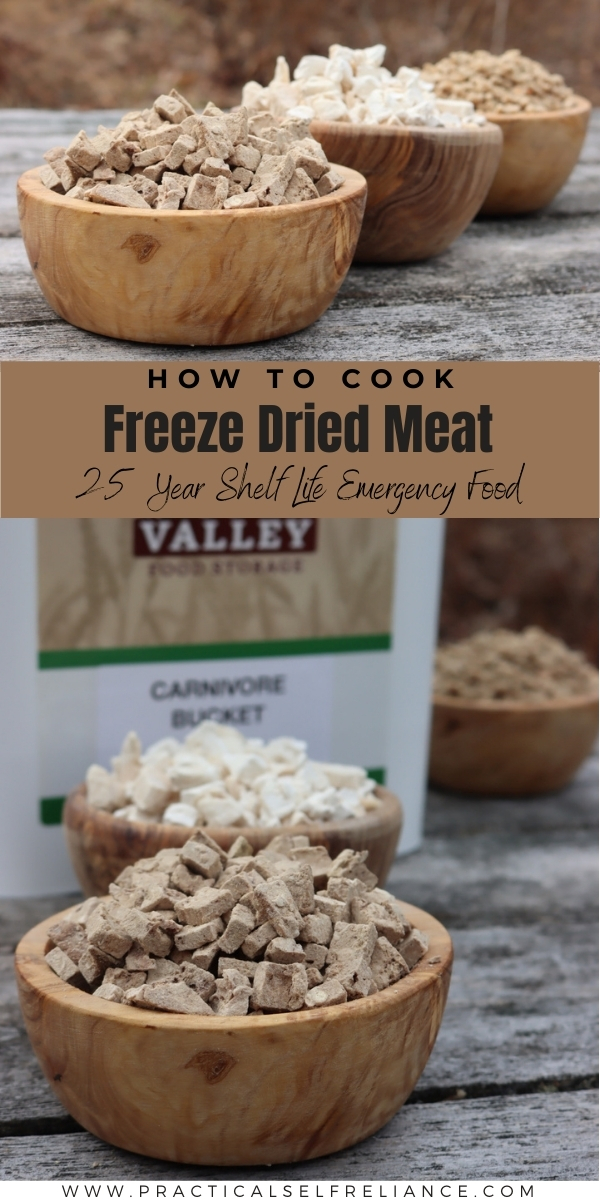
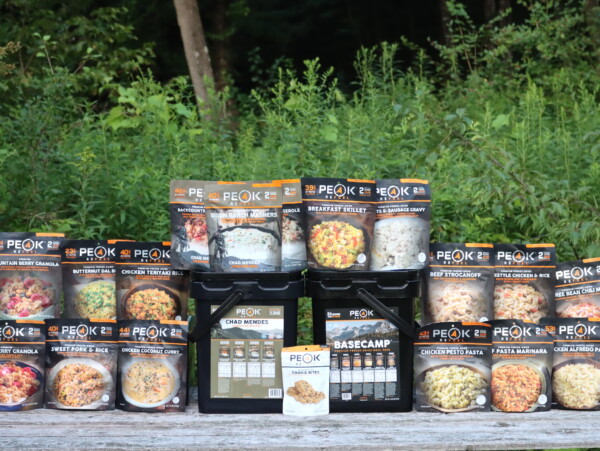
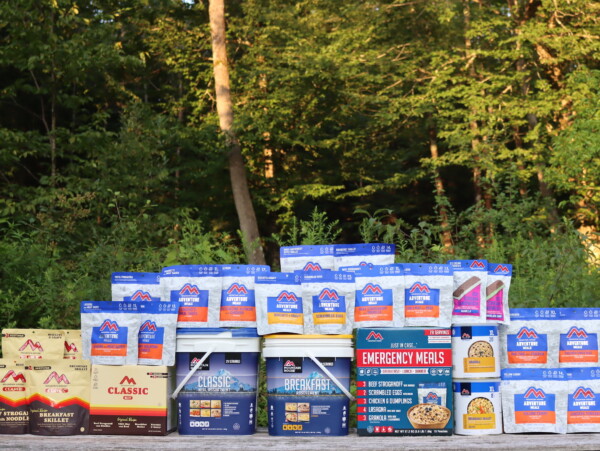
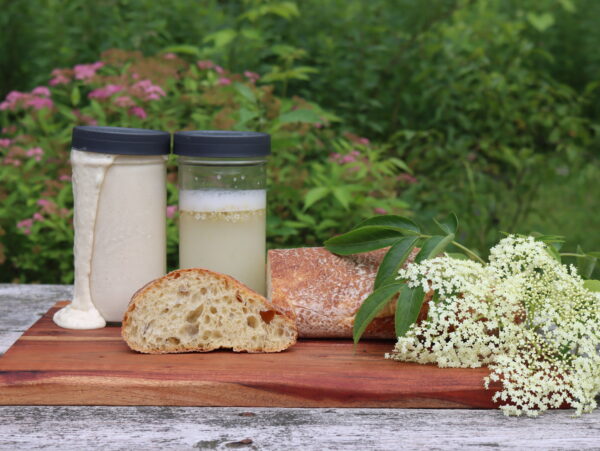
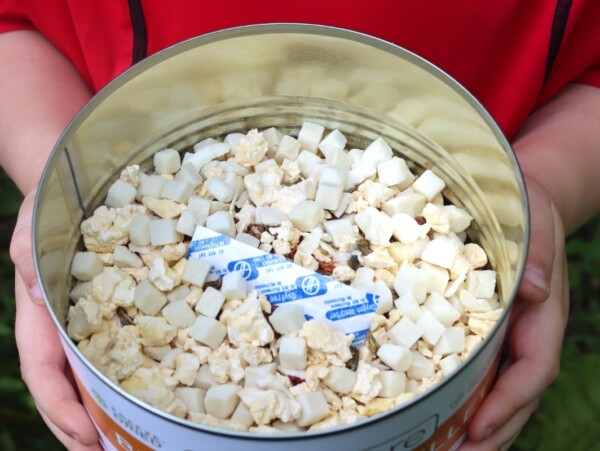
Hello. I am attempting to find out how much Freeze dried food yields how much rehydrated?
Example: 1 cup freeze dried meat will yield how much reconstituted meat?
Thank you. NO ONE seems to include this in any post about freeze dried foods!
Every food is going to be different. A good way to determine this is to weigh everything before it goes into the freeze drier and then weigh it again when it’s done. The difference in these two weights will tell you how much water has been removed.
I was wondering if the meat needs to be cubed or if it will be as successful when simply sliced. One year, I had a very large turkey for Thanksgiving, so I took a bit of it and just froze slices. After thawing, I was shocked at how “fresh” it tasted. I tried it with lamb and roast beef leftovers and was equally satisfied. If I could freeze-dry slices, that would be outstanding. I’m sure that the slices would need to be relatively thin and perhaps not chunked…
This particular article is referring to meat that you are purchasing that has already been freeze dried. So do you have a freeze dryer and are wondering what is the best way to cut it before freeze drying?
Yes, I do have a freeze dryer and I would be curious as to the best way to prep it for freeze drying and then reconstituting it. Thanks!
You can prep it whichever way you prefer. You can slice it or cube it. You can even freeze whole pieces of meat like pork chops and steaks.
We are looking for freeze dried meat for our cup noodle. We are wondering if you can supply us the said product. Thank you
There are several links in the post for freeze dried chicken, beef and sausage. Just follow the links and it will take you to the websites where you can purchase.